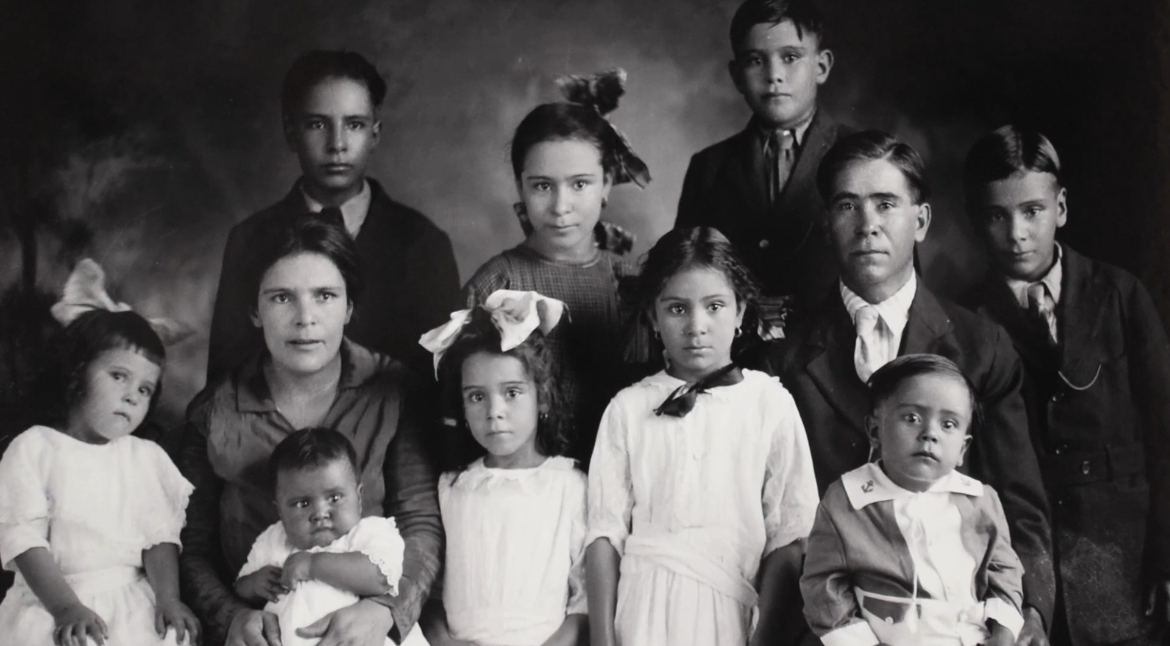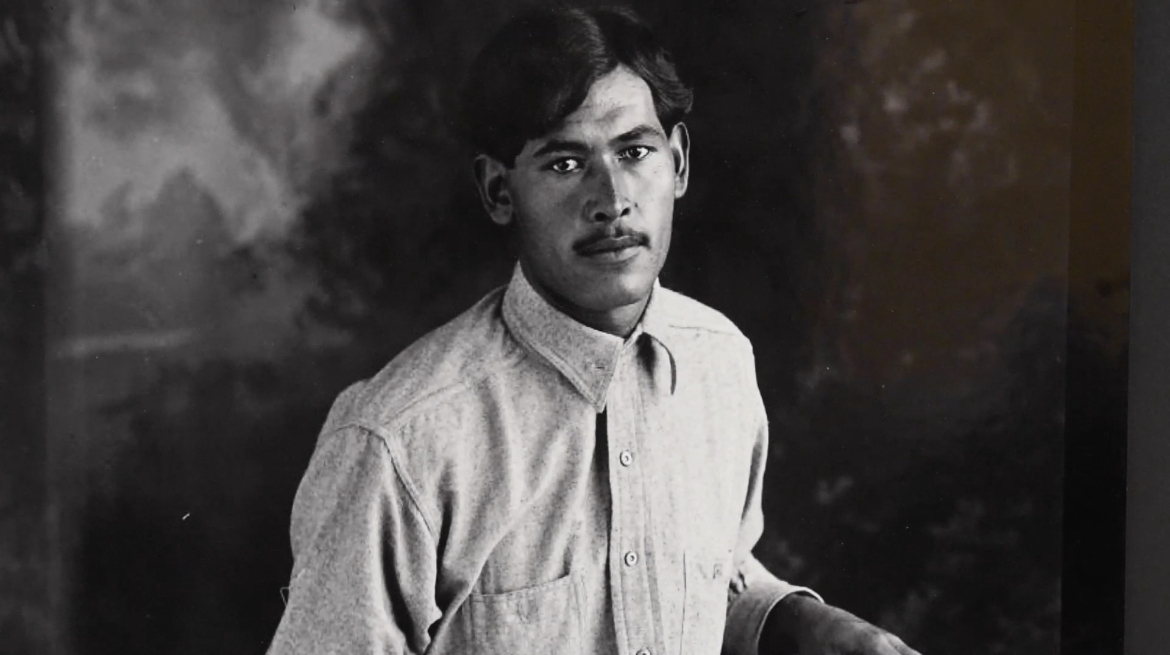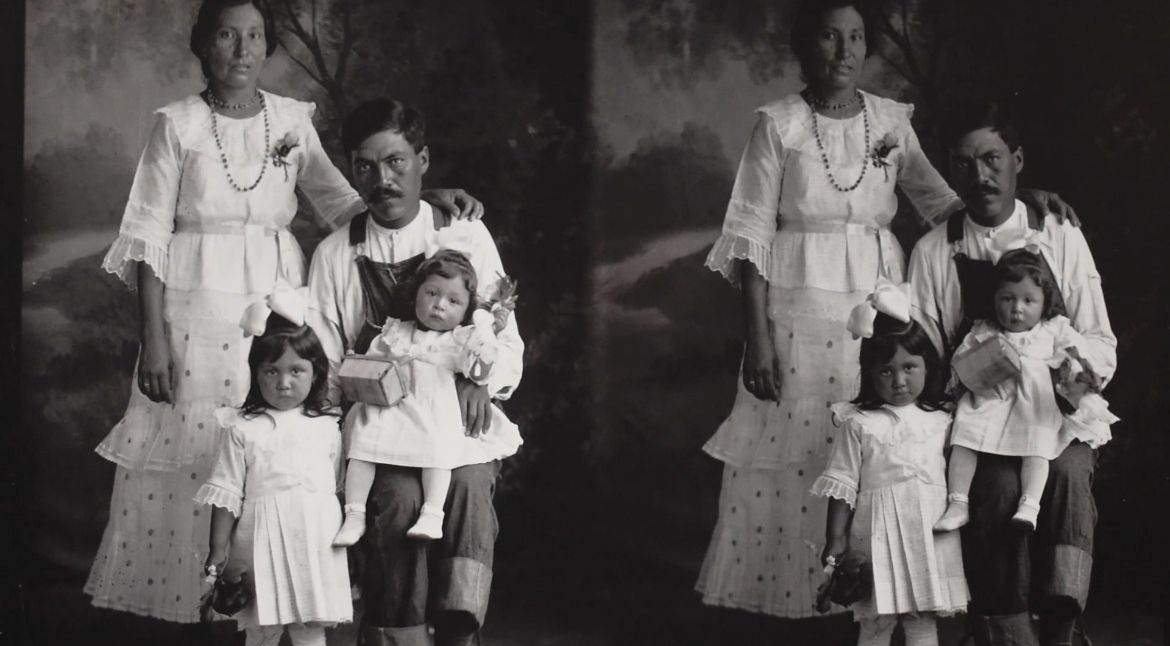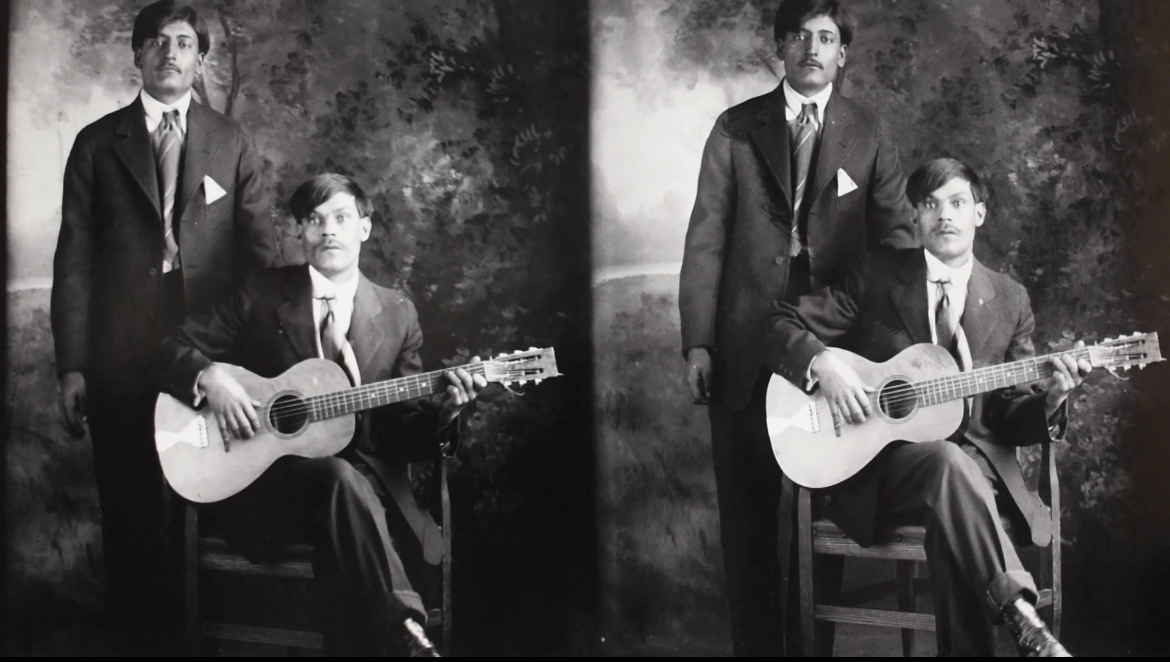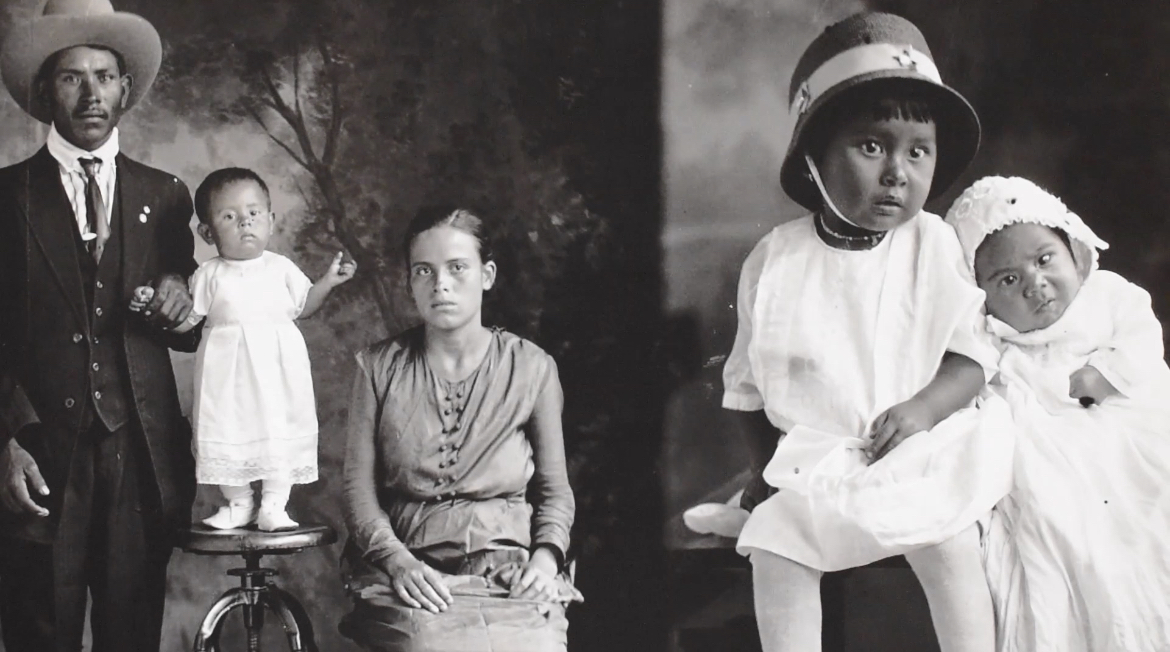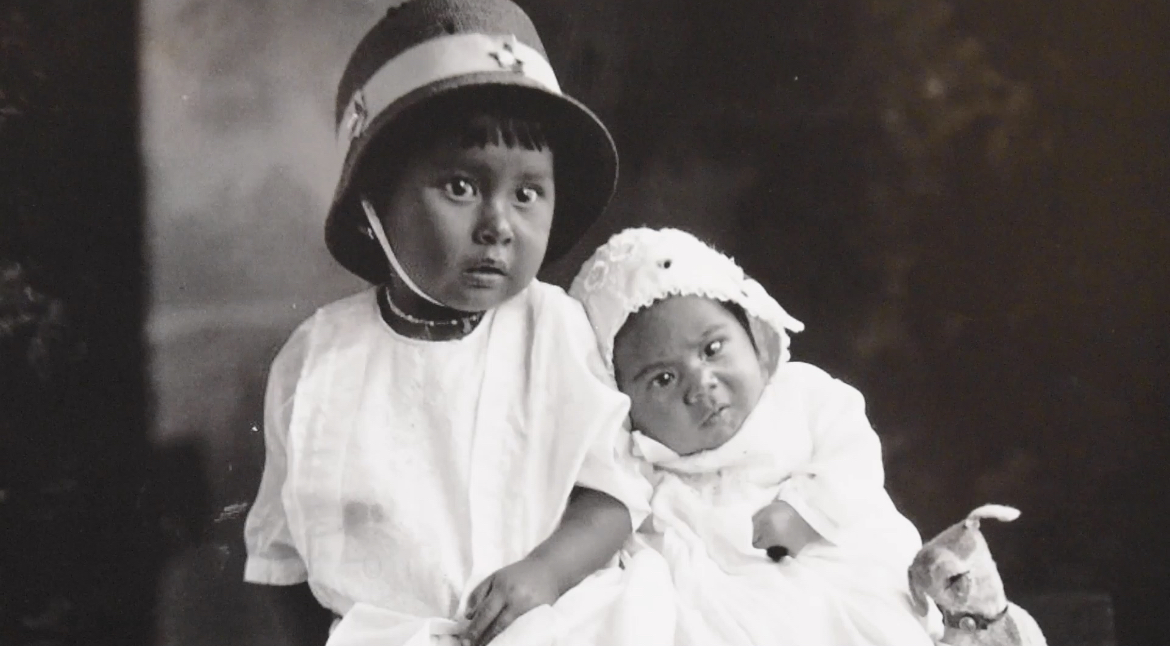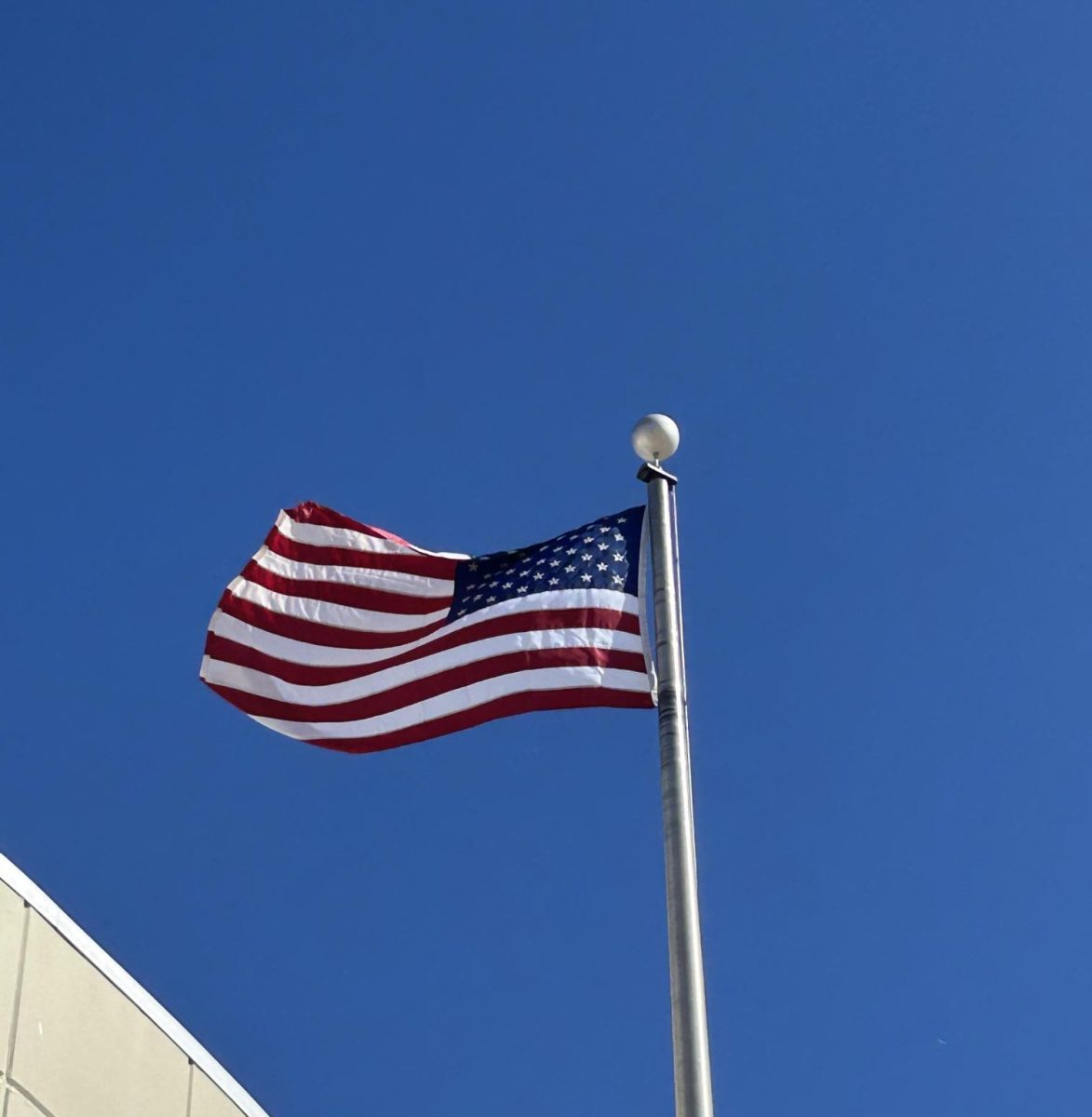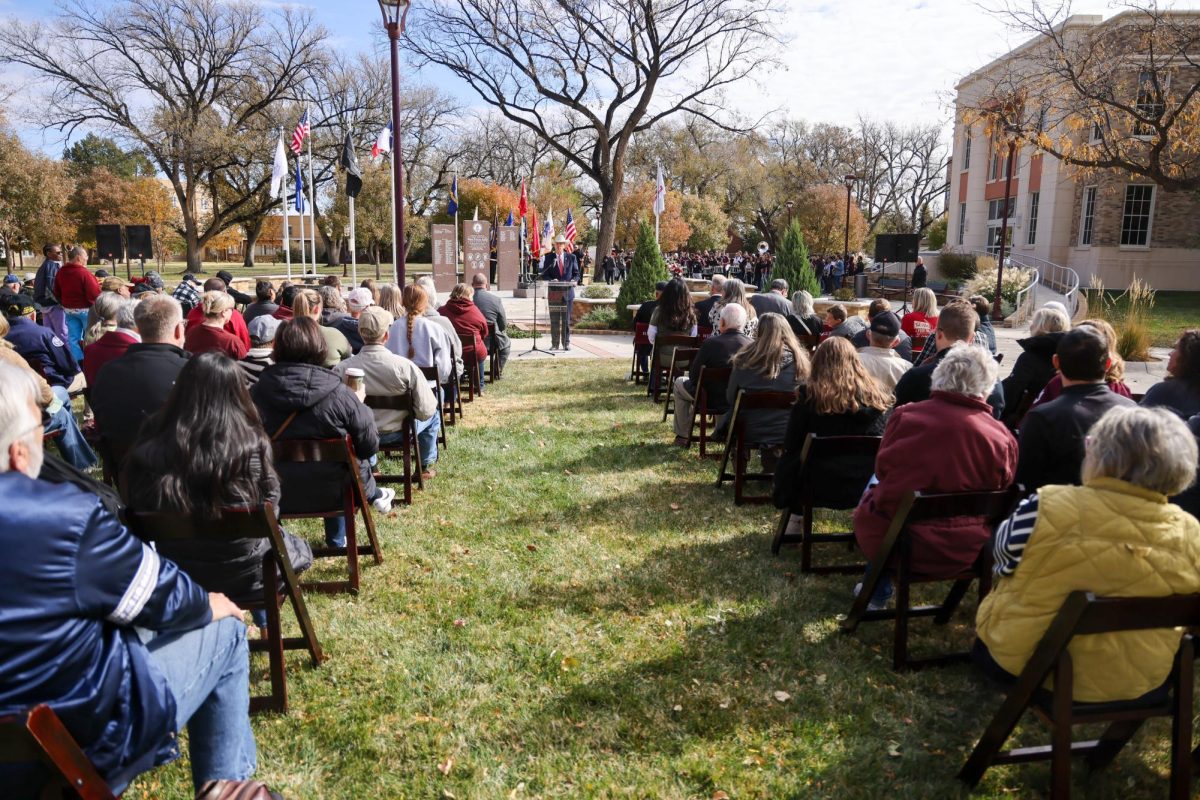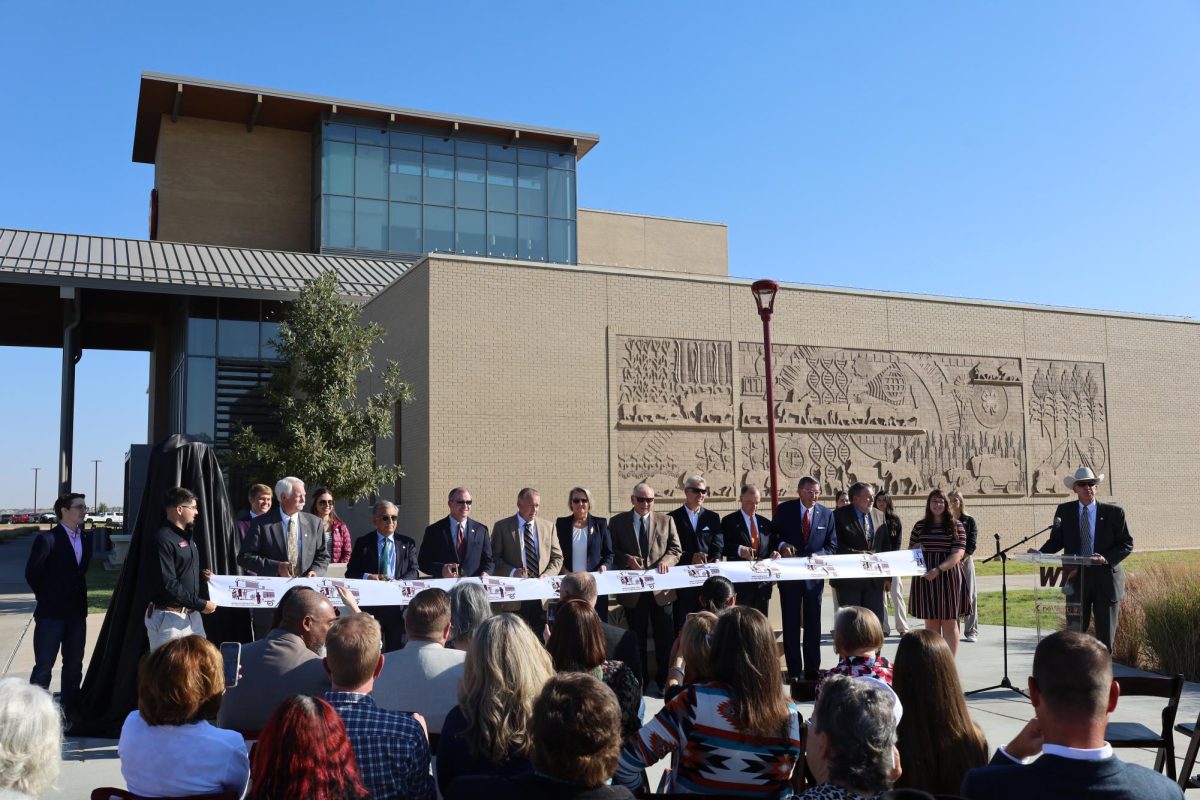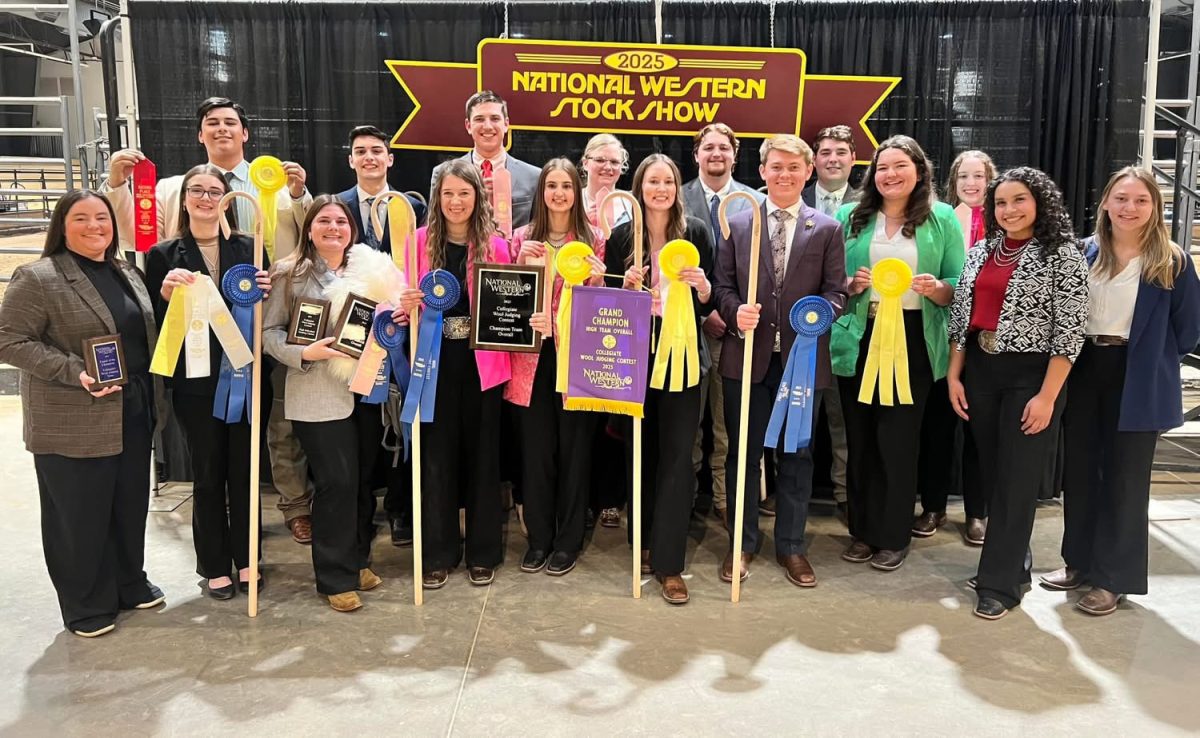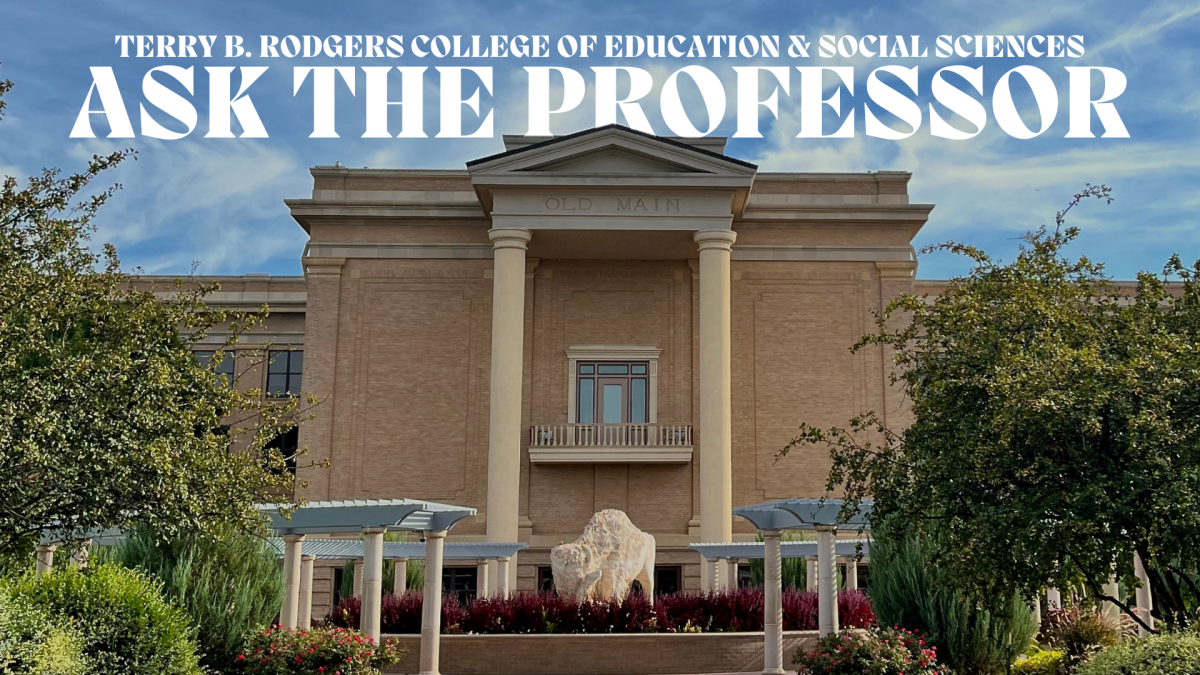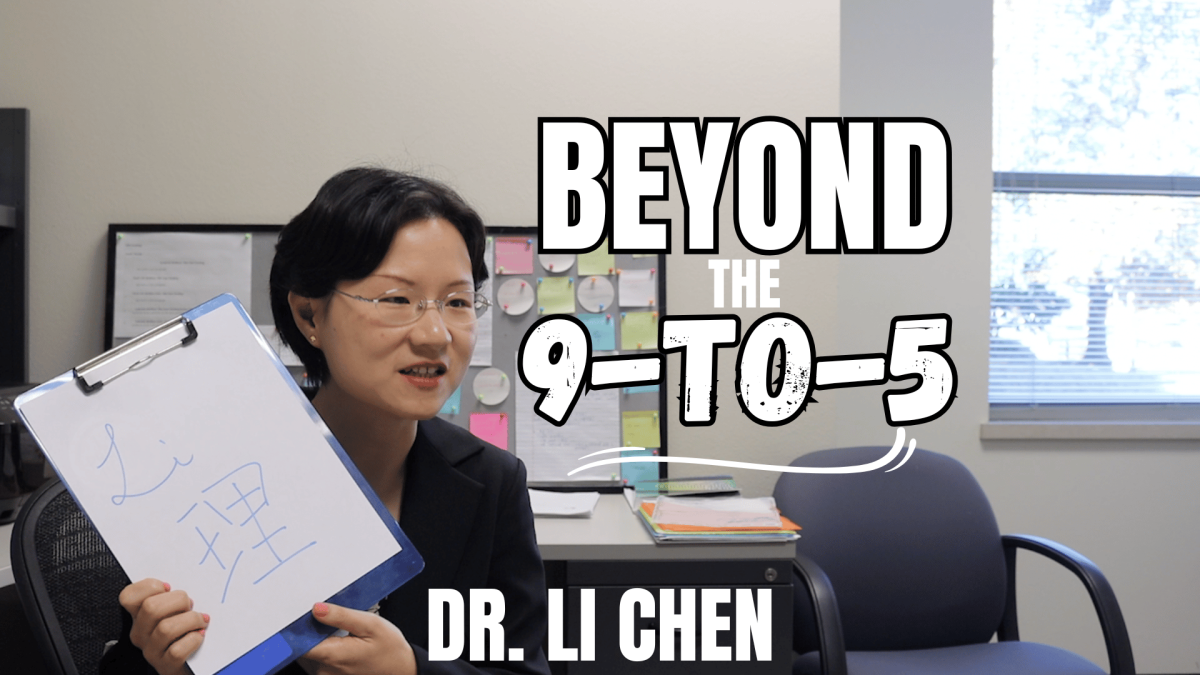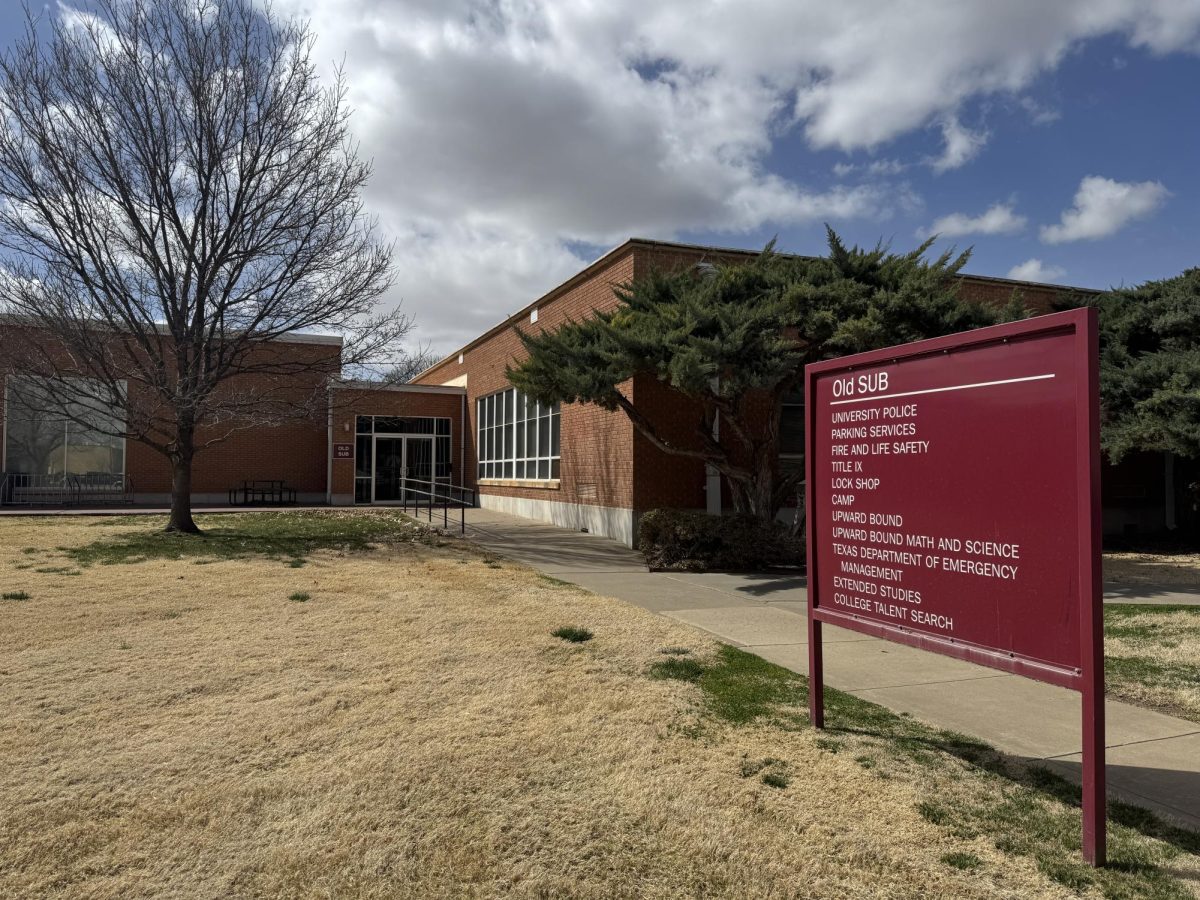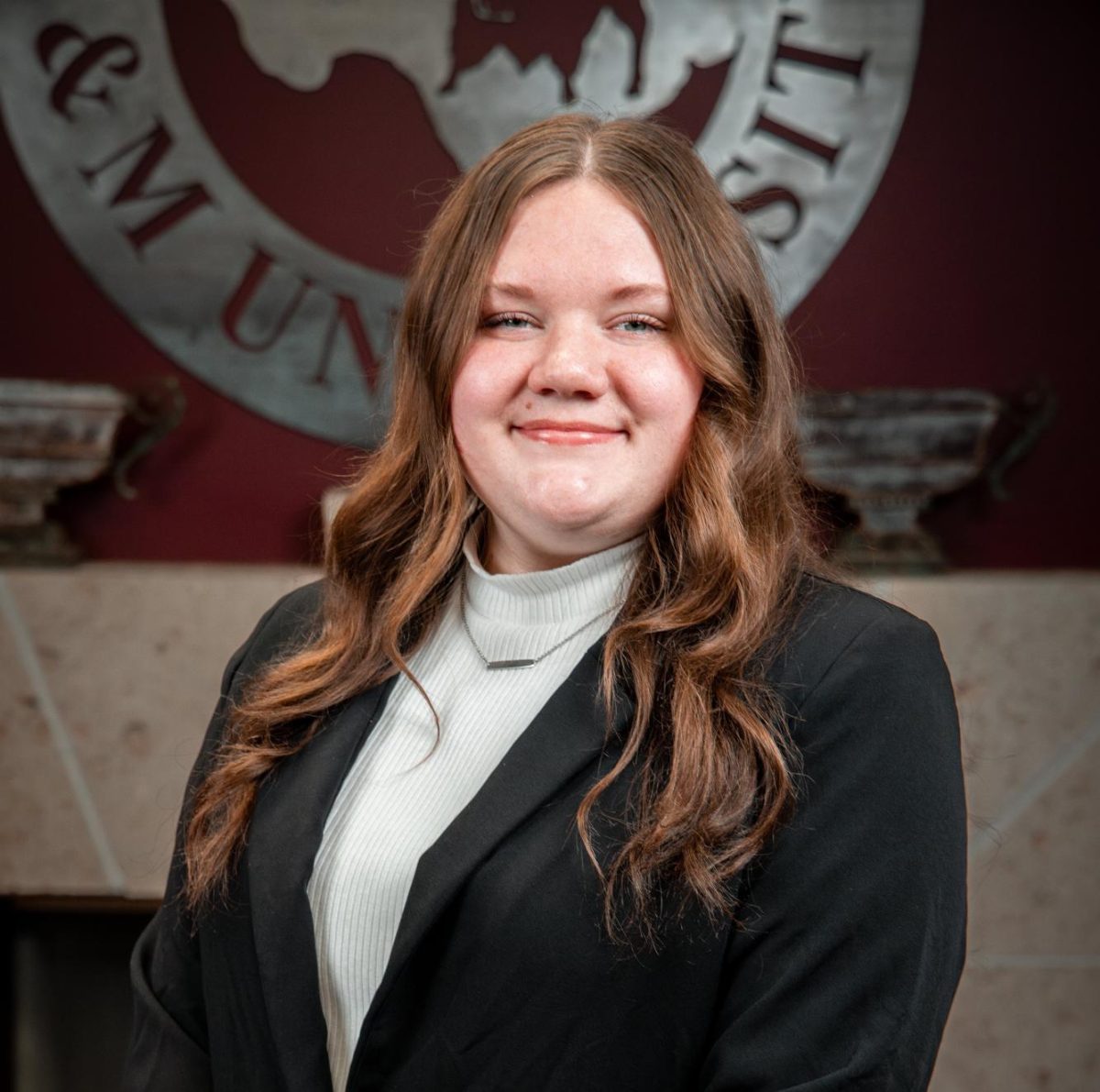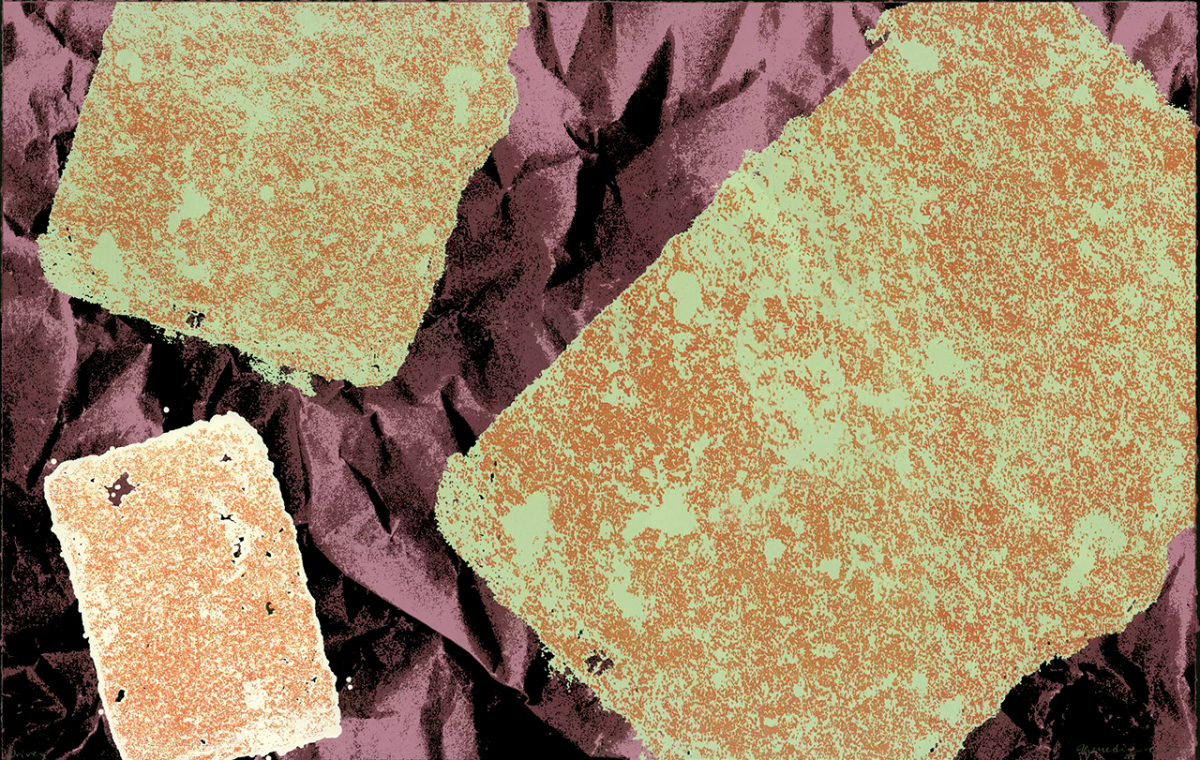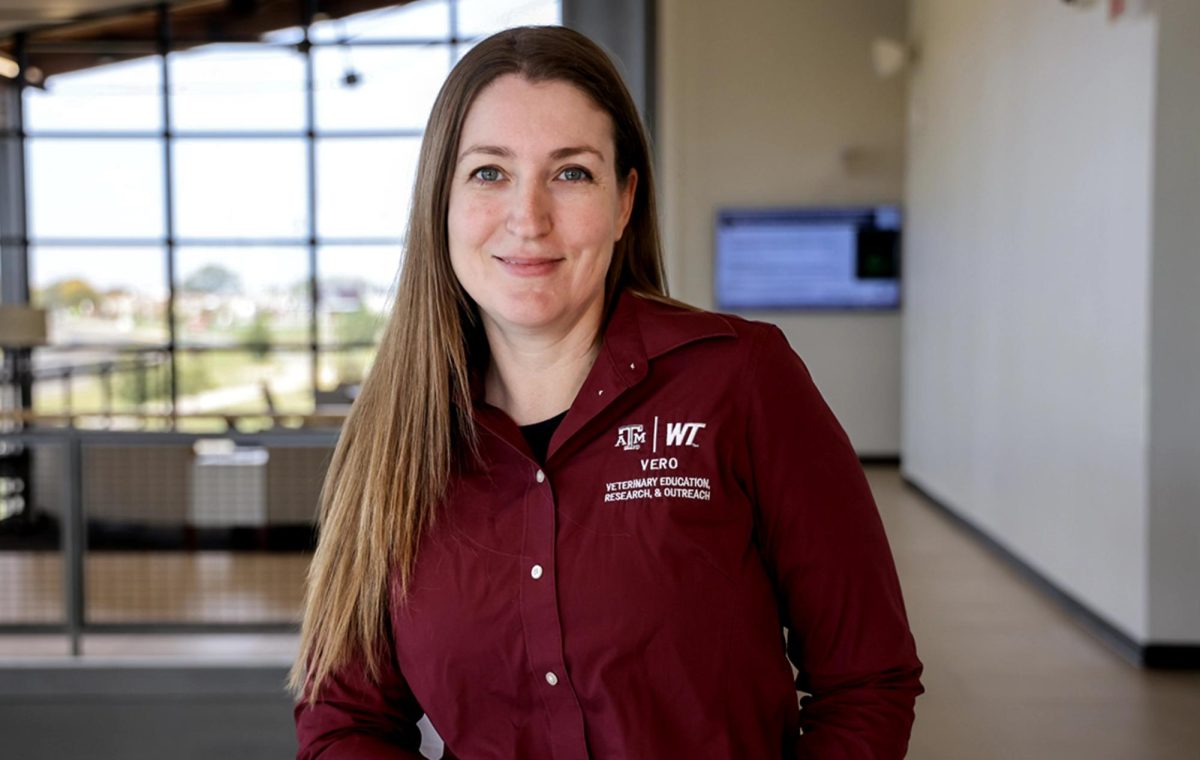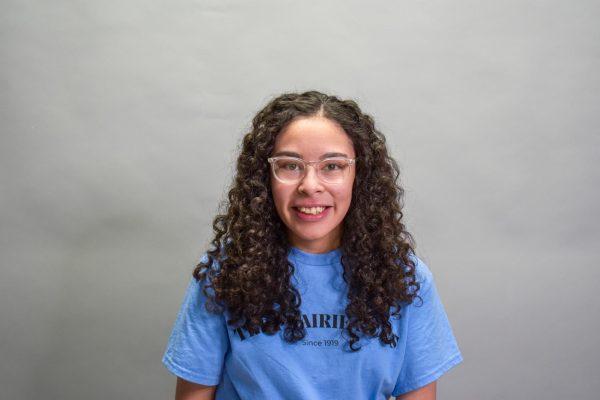In Hispanic culture, remembrance holds significance as it connects individuals with their rich history, traditions and values. But what happens when all that is left is photos, and no one to tell their story?
“These photos were how the project started,” Stephanie Espinoza, the Forgotten Frontera intern, said. “We don’t know who they are, we just know that their pictures were taken. And that’s it. We don’t know their names, birthdate, what connection they may or may not have to the area. That’s a root to the issue here, which is they’re Mexican Americans or Hispanics overall, [that] have contributed to the history of this area for hundreds of years. But it is mostly forgotten, or it was brushed under the rug.”
Housed in the Panhandle Plains Historical Museum, the Center for the Study of the American West (CSAW) oversees the Forgotten Frontera project which aims to recognize and document uncovered history among Mexican Americans and Tejanos in the Southern Great Plains region.
“We started this conversation about the presence of Mexican American people in the Southern Plains,” Dr. Alex Hunt, Director of CSAW, said. “And what we already knew was that there was a really rich history here, but one that had not much been studied or documented by historians in the region… We knew that this was a story that still needed to be told.”
At the beginning of 2022, CSAW received a $150,000 grant from the National Endowment for the Humanities (NEH). With the grant, CSAW plans to expand the Forgotten Frontera project from a “community conversation” into a University-wide, humanities-based Mexican American studies initiative.
“One of the things that this grant is already doing is offering classes that are surrounding Mexican American history,” Espinoza said. “In the spring, we will have an art history and Spanish class that’s going to be taught. And now we’re going to start looking at more contemporary artists, Mexican American artists, and their interpretation of this area, and how you see within their art, which is also very important.”
WT is a Hispanic Serving Institution (HSI). HSIs are colleges or universities in which enrollment of undergraduate full-time-equivalent students is at least 25 percent Hispanic. Through the Forgotten Frontera project, CSAW is working to revitalize humanities education by increasing HSI-oriented course offerings, thus strengthening WT as an HSI.
“We think it’s important that people value this kind of cultural learning that comes from humanities courses, specifically to the Forgotten Frontera courses,” Hunt said. “They’re focused on this Mexican American experience on the Southern Plains. But we think that’s not just of interest or of value to people who might share that ancestry but for everybody, because, again, this is all of our history that we’re studying.”
To memorialize Latinx histories on the Southern Plains, CSAW collects oral histories. By conducting oral histories, the Forgotten Frontera project aims to find and preserve unwritten history.
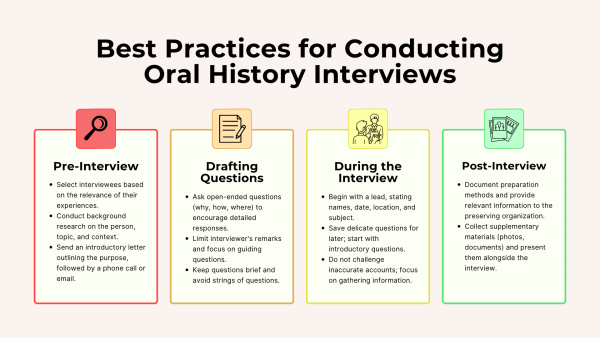
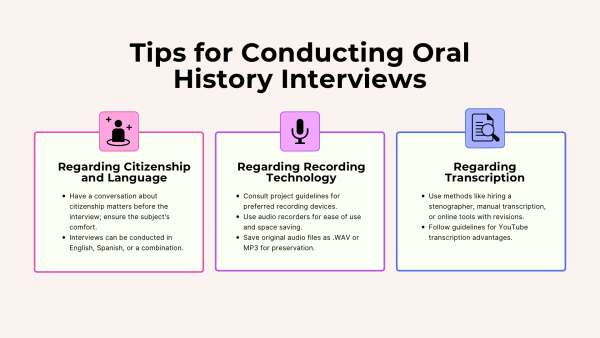
Espinoza said acknowledging the contributions of Mexican Americans to the local area is crucial for preserving their cultural heritage.
“When you forget just one person, you forget so much more than just that person,” Espinoza said. “That’s why it’s so important for us to not just study it, but also reconnect with this history.”



